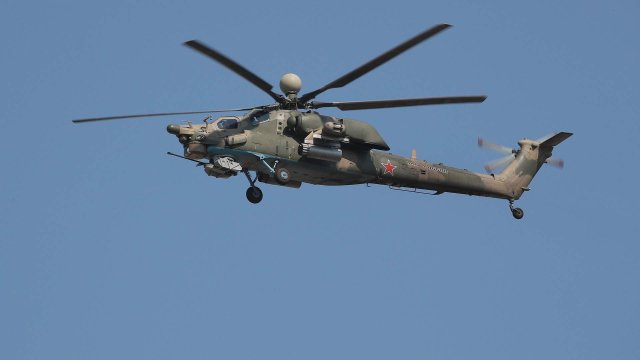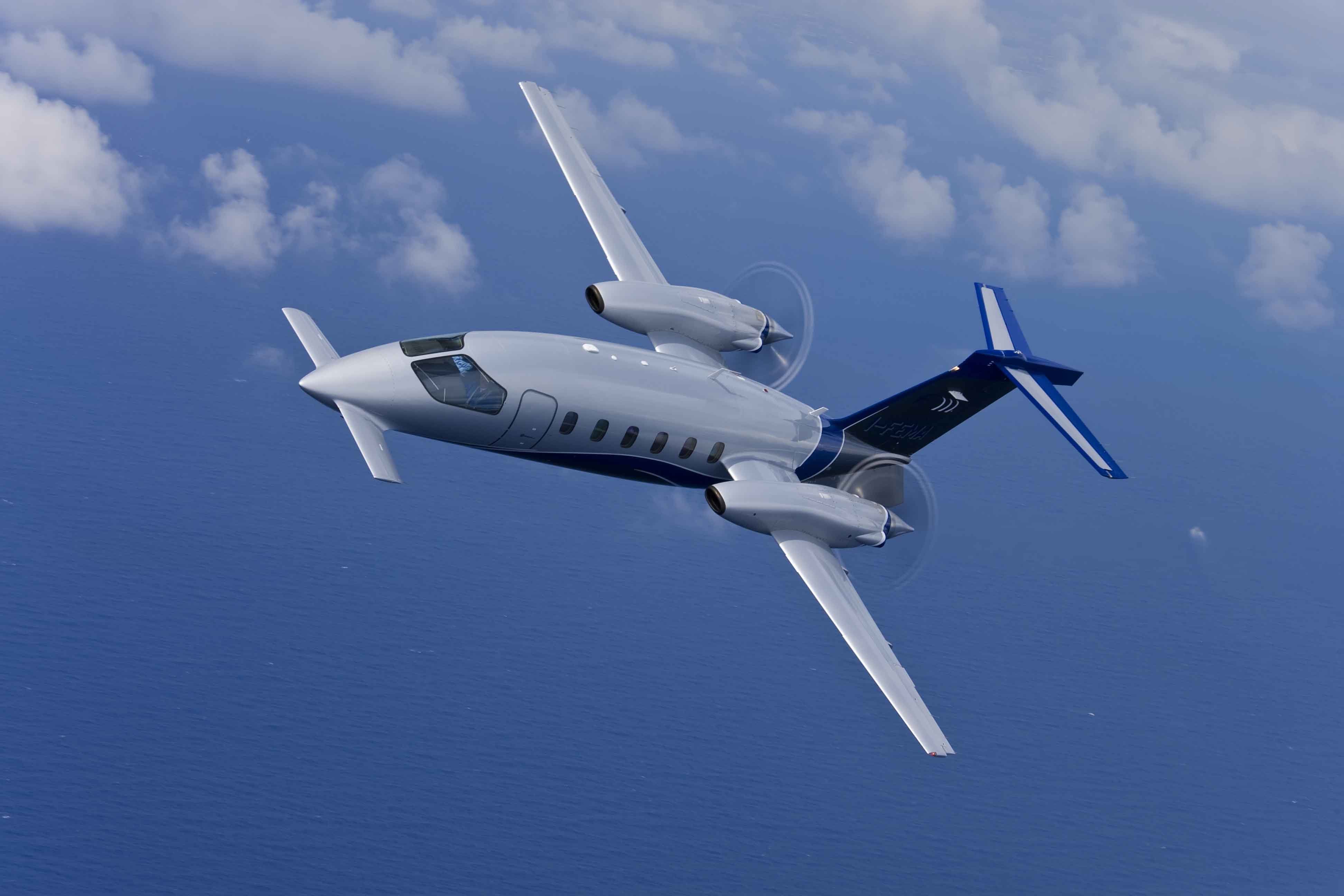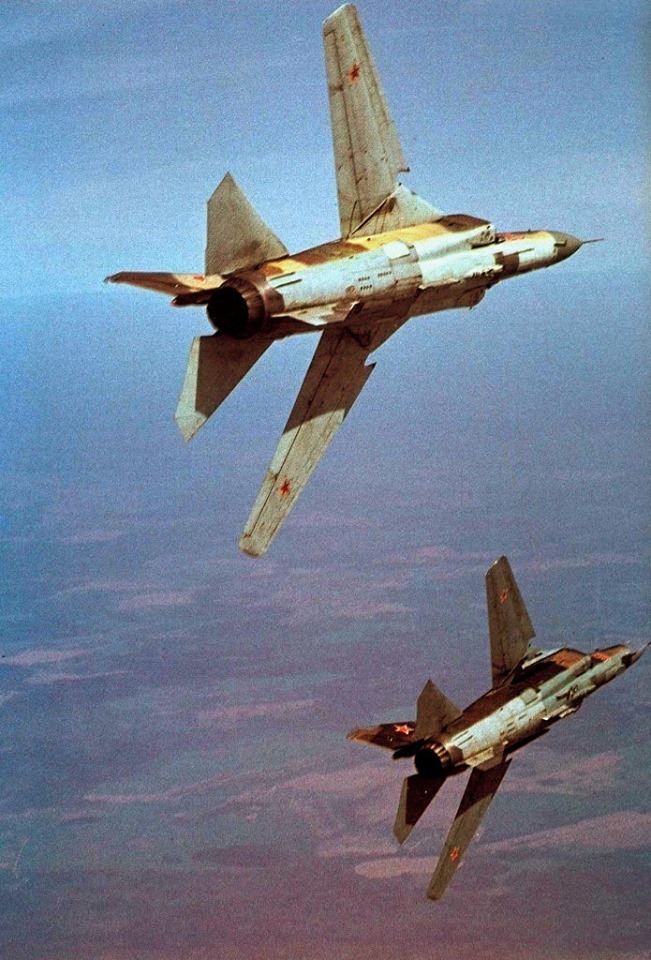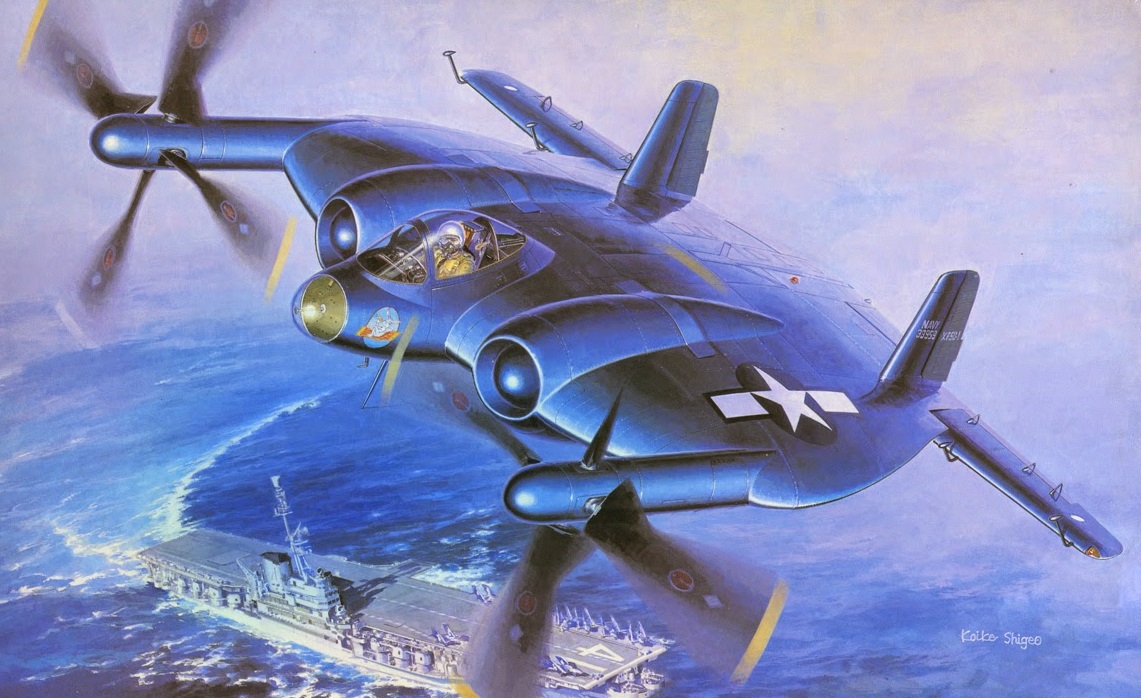Mi-28 units will fight against UAVs
In the Russian Aerospace Forces, helicopter hunters for drones have appeared. The new units are deployed in several regions at once. They are armed with Mi-28. The crews received special training in intercepting UAVs day and night in any weather. Experts note that the appearance of such connections is a logical step, and it is not a problem for the helicopter crew to shoot down a drone. The fact that such a car shot down a drone flying to Moscow has already been reported by the capital's mayor Sergei Sobyanin.
On guard of the sky
As sources in the military department told Izvestia, special helicopter units are currently being formed in the Russian Aerospace Forces, whose task is to destroy unmanned aerial vehicles. They are armed with Mi-28. The first units have already taken up combat duty. Their crews are trained to intercept drones day and night in any weather. The sources did not specify the locations of the deployment, as well as the composition of the new units.
At the same time, they noted that there are already several drones on the account of drone hunters.
At the end of August, the mayor of the capital, Sergei Sobyanin, said that the construction of the airport for interceptors had not yet been completed in Orel, as one of the helicopters had already shot down a UAV heading towards the capital. The Mayor of Moscow also said that at the request of the Ministry of Defense, new air defense facilities are being created per day. This work has been going on for several weeks. This year, he said, Moscow has done a lot to defend the city from drone raids. The Kiev regime is trying to stage terrorist attacks almost every day, Sobyanin pointed out.
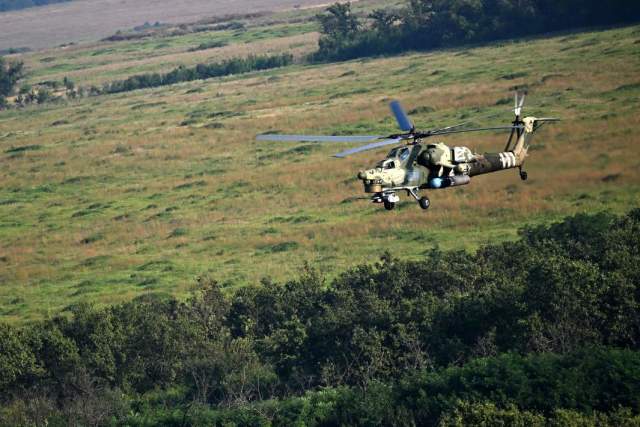
Mi-28 helicopter during a combat flight in the zone of a special military operation
Image source: Photo: RIA Novosti/Evgeny Biyatov
— The appearance of helicopter hunters for drones is an expected thing, — Honored Test pilot, Hero of Russia Igor Malikov told Izvestia. — And it's not difficult for a helicopter to shoot down drones, because any small devices emit heat. And the rockets are focused on heat. And their speed is small, up to 200 km / h, so it's easy to shoot them down. It is also not difficult for a pilot to learn how to shoot them down. The only thing is that the goal is small, if the drone is small, the main thing is to get there. But this is not a target that flies at the speed of supersonic, so it's quite easy to shoot it down.
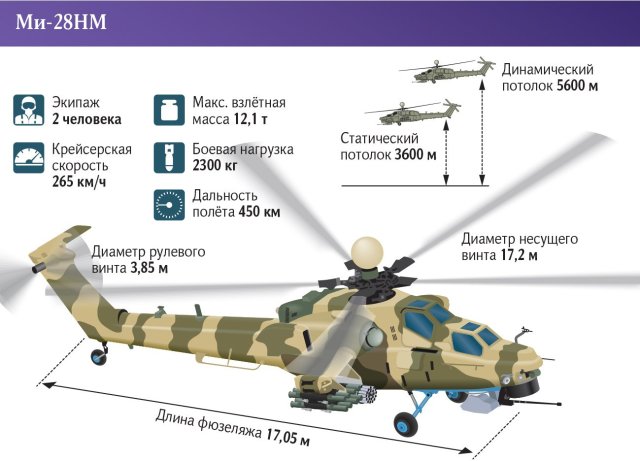
In recent months, Ukrainian drones have been attacking Russian territory almost daily. As a rule, these attacks do not achieve success due to the competent and dedicated work of air defense calculations and other means. For example, on the morning of September 5, another attempt by the Kiev regime to attack objects of the Russian Federation with the help of UAVs was stopped. The unmanned aerial vehicle was destroyed over the territory of Crimea by the air defense means on duty. On the afternoon of September 4, an attempt by the Kiev regime to attack objects of the Russian Federation with the help of an airplane-type UAV was stopped. It was intercepted over the Bryansk region. Half an hour later, the armed formations of Ukraine attacked the territory of Russia again — with the same result.
Modern and deadly
The Mi-28 "Night Hunter" is a modern successor to the Mi—24, which has proven itself well in Afghanistan. It is actively used in a special military operation. At the end of August, it was reported that one such machine destroyed up to a platoon of Ukrainian infantry on the southern front. Then intelligence revealed the transfer of the VFU unit on pickups. The Mi-28 crew was tasked with destroying the group with S-13 missiles with a volume-detonating warhead. As a result, the infantry was destroyed.
The Mi-28 performs combat missions to destroy infantry and light armored vehicles in the cabring mode. The maneuver involves reaching the maximum launch range of unguided missiles at maximum speed, after which the nose of the helicopter is lifted by 30 degrees and the launch is carried out.
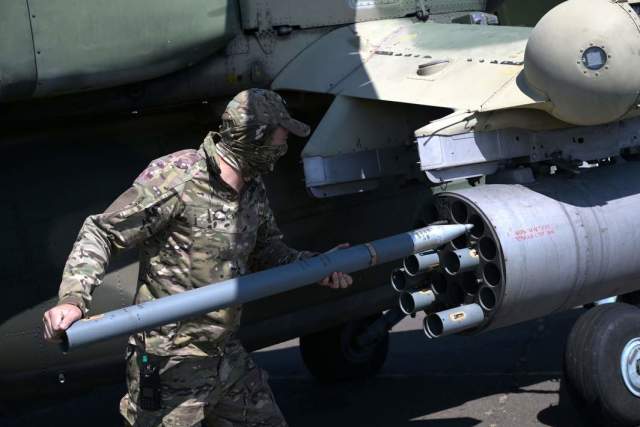
Technical personnel charge unguided missiles into the Mi-28 helicopter in the zone of a special military operation
Image source: Photo: RIA Novosti/Evgeny Biyatov
Thanks to active maneuvering and the presence of on-board defense systems, the Mi-28 crew manages to avoid hitting air defense missiles.
In recent years, a deep modernization of the Mi-28 — "Night Superhot" - has been developed. The machine underwent structural changes, the most noticeable of which was the overhead radar station. It allows the helicopter to detect targets out of sight, for example, hiding behind the folds of the terrain. The helicopter has received dual control — you can pilot from any of the two seats. Thanks to this, it can be used for training and training pilots. The Mi-28NM was equipped with Russian-made VK-2500P engines. Together with the improved all-composite rotor blades, this increased the cruising speed.
The cabin and vital nodes are covered with armor capable of withstanding the impact of large-caliber bullets. The MANPADS fire warning system can detect a fired missile, analyze its trajectory and give recommendations to the pilot — to evade or shoot off heat traps. And the laser suppression station is to take the guided missiles away.
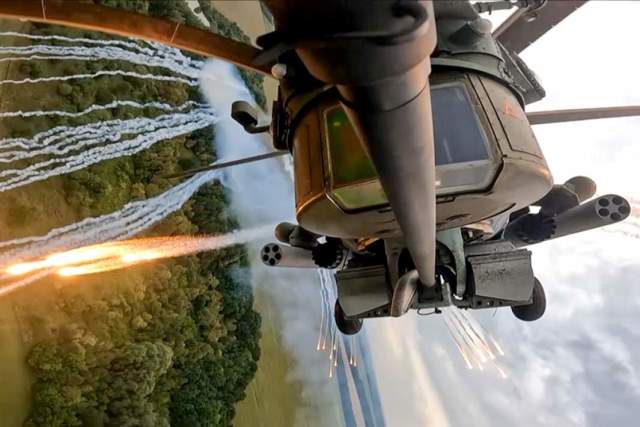
The Mi-28N attack helicopter shoots off heat traps during a combat flight in the zone of a special military operation
Image Source: Photo: TASS/Ministry of Defense of the Russian Federation
Thanks to the shock absorption system in the chassis and pilot seats, the crew can remain unharmed even when the car falls from several tens of meters. And at high altitude in an emergency situation — leave the cabin and land with a parachute. To do this, there is a system of shooting side doors.
The sighting and navigation system has been completely redesigned and makes it possible to use long-range anti-tank guided missiles "Chrysanthemum-VM". The new communication equipment allows the crew to control drones. It is also planned to equip the car with the latest ATGM "Hermes-A" and laser-guided ammunition. The performance of on-board electronics has been increased tenfold.
Roman Kretsul
Alexey Ramm
Julia Leonova
